- Home
- Articles
- Architectural Portfolio
- Architectral Presentation
- Inspirational Stories
- Architecture News
- Visualization
- BIM Industry
- Facade Design
- Parametric Design
- Career
- Landscape Architecture
- Construction
- Artificial Intelligence
- Sketching
- Design Softwares
- Diagrams
- Writing
- Architectural Tips
- Sustainability
- Courses
- Concept
- Technology
- History & Heritage
- Future of Architecture
- Guides & How-To
- Art & Culture
- Projects
- Interior Design
- Competitions
- Jobs
- Store
- Tools
- More
- Home
- Articles
- Architectural Portfolio
- Architectral Presentation
- Inspirational Stories
- Architecture News
- Visualization
- BIM Industry
- Facade Design
- Parametric Design
- Career
- Landscape Architecture
- Construction
- Artificial Intelligence
- Sketching
- Design Softwares
- Diagrams
- Writing
- Architectural Tips
- Sustainability
- Courses
- Concept
- Technology
- History & Heritage
- Future of Architecture
- Guides & How-To
- Art & Culture
- Projects
- Interior Design
- Competitions
- Jobs
- Store
- Tools
- More
Remote Roof Visits: Coordinating Drone Surveys and Design Sketches Inside One Platform

Two springs ago, a closed state border and a three-time-rebooked flight left me eight hundred miles from a leaking church roof that couldn’t wait for bureaucracy. My client phoned daily, describing new stains blooming on sanctuary plaster like slow-motion fireworks. I paced my apartment, sketchbook in hand, wondering how to see a roof I couldn’t stand on.
The answer arrived in fragments: a savvy local drone pilot, a cloud-based customer-relationship platform already humming in the background, and a decision to treat that software as a communal sketch wall rather than a sterile database. What follows isn’t a tech review or sales pitch. It’s a field note from a designer who discovered that distance evaporates when images, markups, and conversations pile up in one tidy digital stack.
Table of Contents
ToggleThe Distance Dilemma: When Travel Isn’t Possible
My first reaction to the travel ban was the same as anyone’s: frustration laced with a hint of panic. Roofs rarely leak on polite schedules, and water sneaking between shingles ignores every virus restriction known to man. Each lost week meant another inch of saturated insulation and another anxious phone call from the pastor. Distance was a problem that had to be solved—now.
You might picture the jobsite as a chessboard: every square a potential hazard, every move requiring eyes on the pieces. Drone footage became my roving knight, hopping over closed highways in a single memory card. Hiring the pilot was easy; coordinating the shots felt trickier. I needed systematic coverage, an orthomosaic that let me zoom from steeple cross to gutter seam without losing clarity.

So I drafted a miniature flight manual outlining altitude, overlap, and timing to tame pesky shadows. Forty-eight hours later a folder of high-resolution photographs landed in my inbox—thousands of rectangles waiting to be stitched into a map of deterioration. When that mosaic opened on my screen, the relief was instant. The game board had re-emerged; now I needed a place to play.
Choosing the Right Eyes in the Sky: Sourcing and Guiding Drone Pilots
Coordinating a pilot remotely is part logistics, part psychology, part neighborly courtesy. I built a shortlist by browsing local aerial-photography forums, focusing on reels that tracked repetitive textures—warehouse roofs, parking lots—more than cinematic sunsets. After a speedy Zoom call covering batteries, insurance, and the church bell schedule, we drafted a plan that read like a mini storyboard.
Key checkpoints kept us both honest:
- Raw images delivered by noon the next day
- Basic mosaic assembled in the pilot’s preferred software
- Geo-tag accuracy confirmed via a quick FaceTime walkthrough
Before every flight, the pilot texted a single overhead still—the digital equivalent of touching the roof to feel its temperature. If glare flooded the lens, we postponed. If wind rippled the ridge cap, we waited. That small ritual turned 800 miles into a manageable pause button instead of an impassable wall. After all, the ongoing construction robotics investment boom hints that pilots soon will share airspace with fully autonomous craft, so building disciplined habits today seems wise.
Stitching Pixels into Plans: Importing Orthomosaics into CRM
High-resolution mosaics are lovely, but beauty alone won’t coax a crew onto a ladder. They had to live where purchase orders, checklists, and timecards already lived—the CRM. For teams that juggle bids, schedules, and asset photos in separate apps, adopting a roofing-specific project management platform ties those threads together without extra clicks. A simple drag-and-drop, and suddenly the interface looked less like a spreadsheet and more like a canvas awaiting paint.
I filed images into task-specific cards—north slope, bell-tower flashing, choir-loft gutter—so every conversation had its own visual companion. Scene-setting moment number one: imagine an architect’s drafting table floating in cyberspace, lit by a thousand cursors instead of a single lamp. Timestamped markups preserved the sequence of discovery like rings in a tree. Feeding automated drone mapping software into the CRM trimmed our stitching window from hours to minutes. When an adjuster later questioned whether cracks pre-dated a hailstorm, the earliest annotated mosaic settled the argument in moments.
Sketching in the Cloud: Turning CRM into a Shared Design Wall
A designer’s pencil offers nuance that typed bullets can’t capture. I printed selected slices of the mosaic, sketched patch ideas in graphite, then snapped flat-lay photos. The images re-entered the CRM as hand-drawn overlays perched atop the drone textures like translucent fossils.
Before unleashing sub-tasks and cost lines, I recorded short screen-capture videos narrating each sketch. Pairing drone mosaics with augmented-reality headset collaboration workflows lets remote engineers pin edits directly onto 3-D roof models without boarding a flight. Under that umbrella, the concept of a unified workspace emerged naturally—no longer a buzzword but the connective tissue linking pixels, pencils, and people. Installers who seldom read spec sheets responded with emoji-level feedback: green checks on workable details, thumbs-down on bends they disliked. The platform translated those symbols into formal change notes automatically, making field tweaks traceable without drowning anyone in paperwork.
Wrangling Voices: Aligning Installers, Insurers, and Consultants
Once imagery and sketches flowed freely, the next hurdle was human synchronization. A roof job touches waterproofing chemists, structural analysts, lightning-rod specialists, even stained-glass conservators. Without a shared hub, their opinions scatter like pages in a gust of wind.
Weekly agendas revolved around three pinned images representing current priorities. Stakeholders added colored dots—green for “clear,” yellow for “needs talk,” red for “stop.” Think of friends dissecting a streaming-series screenshot; here the cliff-hanger was whether the copper ridge vent would arrive before the next storm front. Our adjuster green-lit the flashing repair the moment we uploaded a report grounded in a high-resolution aerial inspection approach that left no seam undocumented, proving that clear visuals often speak louder than paragraphs of policy jargon.
Keeping tabs on shifting state and municipal ordinances further smooths collaboration, but the images remain the gravitational center. A red dot on a skylight crack might open a micro-thread: adjuster citing policy language, contractor replying with drone close-ups, me overlaying load arrows, all inside one card. The claim settled three weeks faster than my average, proof that shrinking geography down to pixels accelerates consensus.

Lessons Learned and the Future of Hybrid Roof Design
The hybrid method reshaped my default model for collaboration: drone pilots extended my eyesight, and CRM canvases supplanted rolls of trace paper. None of the gear was exotic; the revolution lay in funneling every artifact—photo, sketch, voice note—into one searchable, timestamped ecosystem.
Scene-setting moment number two: picture a constellation of satellites slowly aligning until their light concentrates on one architectural detail. That alignment happened because no file lived in a silo; every data point orbited the same hub. Across the industry, the broader drone-powered infrastructure inspection trend shows unmanned eyes routinely outperform bucket trucks on both safety and data depth. Surging adoption suggests that remote surveys will soon move from novelty to baseline expectation.
A drone can’t feel the sponginess of rotten sheathing, and a markup won’t smell wet insulation, but uniting eyes in the sky with pencils on paper inside a living platform turns distance into manageable risk instead of paralyzing doubt. Future layers—thermal scans, live chat bubbles, augmented-reality punch lists—will matter only if they fold back into the same central storyboard. The secret isn’t stacking gadgets; it’s refusing to let any artifact drift outside the gravitational pull of the shared workspace we call a CRM.
Conclusion
Two years after that first remote flight, the church ceiling remains spotless, and the pastor no longer phones in a panic. The roof still receives quarterly drone visits, each one quieter than the last as repairs hold and data simply confirms calm.
I keep a framed print of the project’s very first orthomosaic above my desk. Beneath it sits the graphite-smudged sketch that kicked off our digital conversation. Together they remind me that collaboration isn’t a place on a map—it’s a habit of co-looking, co-thinking, and co-drawing on the same surface, no matter how many miles lie between our ladders.
Submit your architectural projects
Follow these steps for submission your project. Submission FormLatest Posts
Why Timely Intervention Is Critical In Controlling Household Pest Problems
Pests move fast, so your response has to move faster. The sooner...
Evaluating Safety and Care Needs for Aging Parents
Caring for a parent involves balancing respect for independence with real-world safety....
Solutions to Keep Every Room Organized
Clutter sneaks in fast, but a calm home is built one small...
How to Read Construction Drawings: A Practical, Field-Tested Guide
How to read construction drawings: a clear, step-by-step guide to decode sheets,...




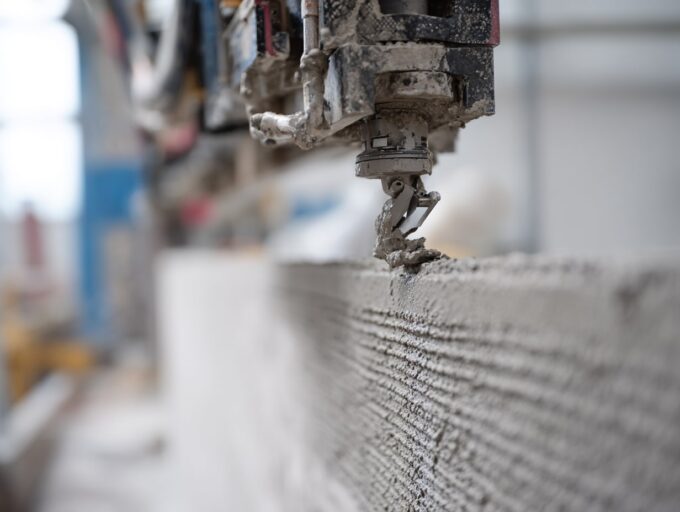
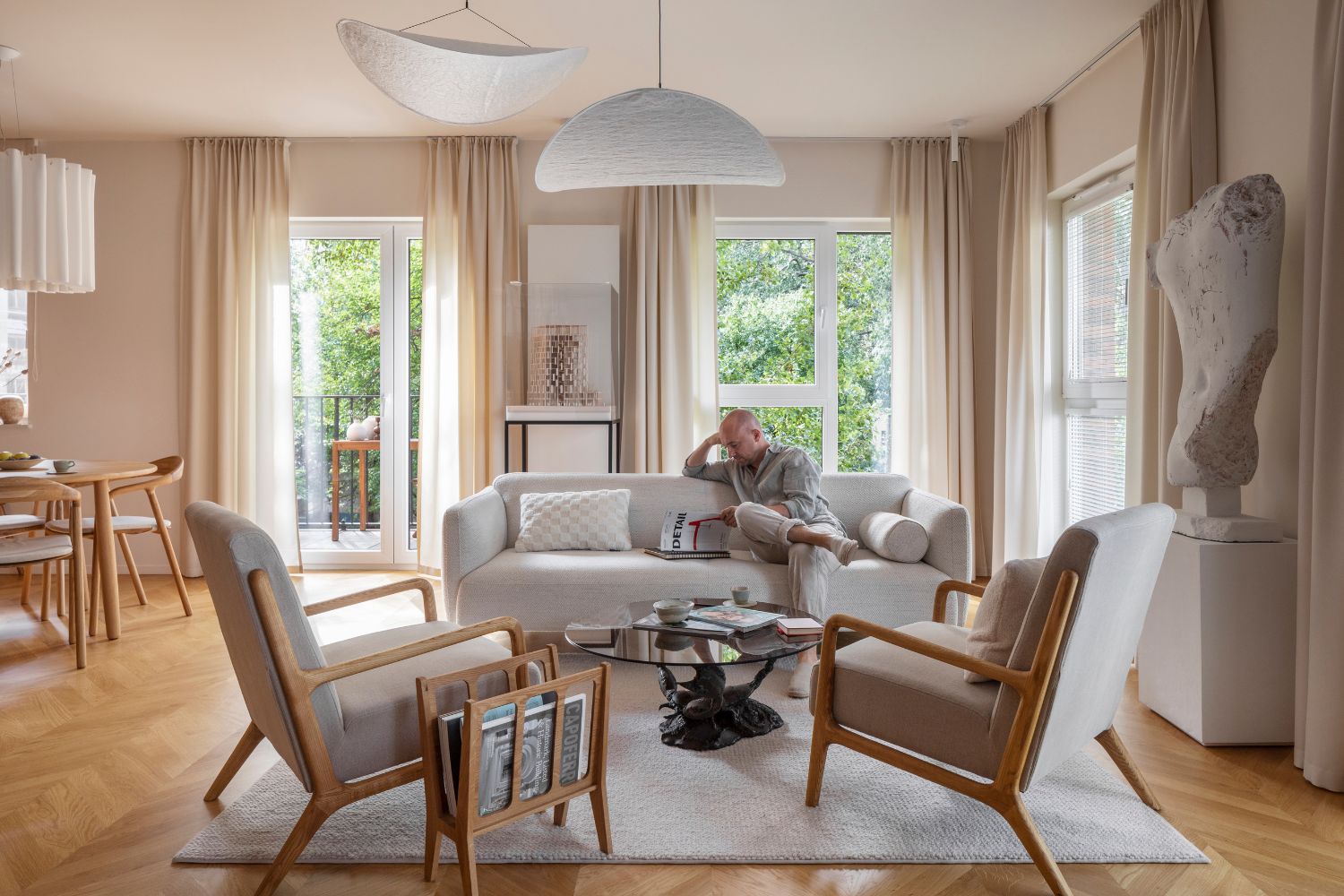
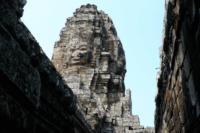
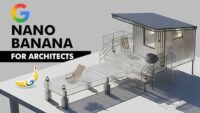

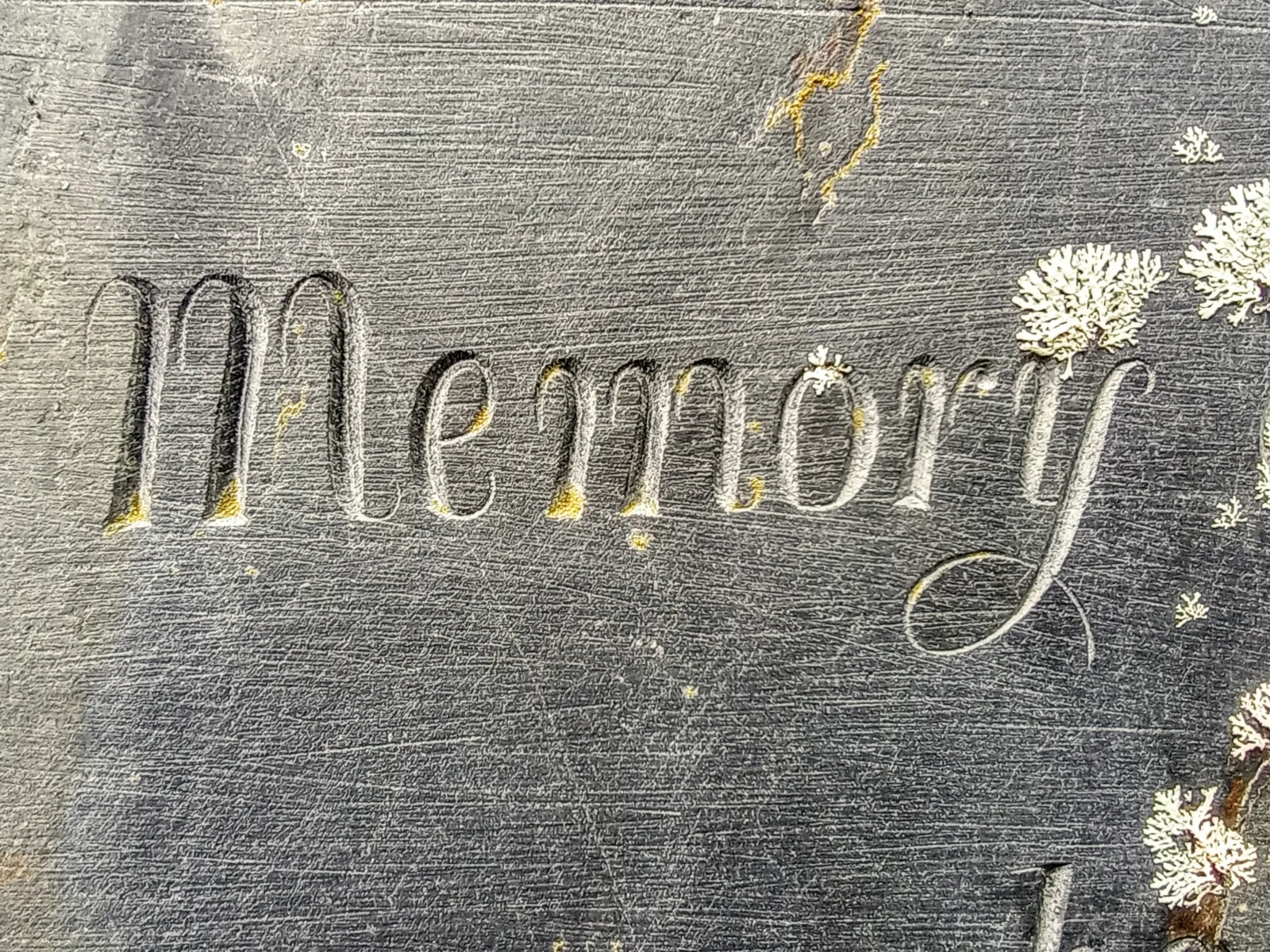
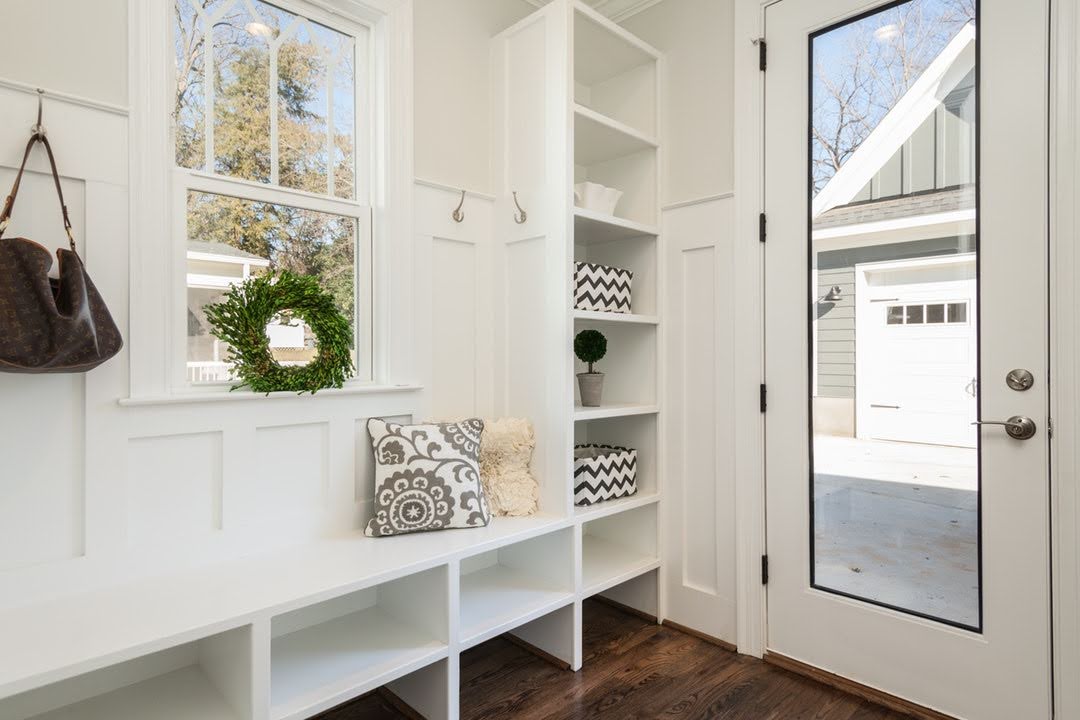

Leave a comment